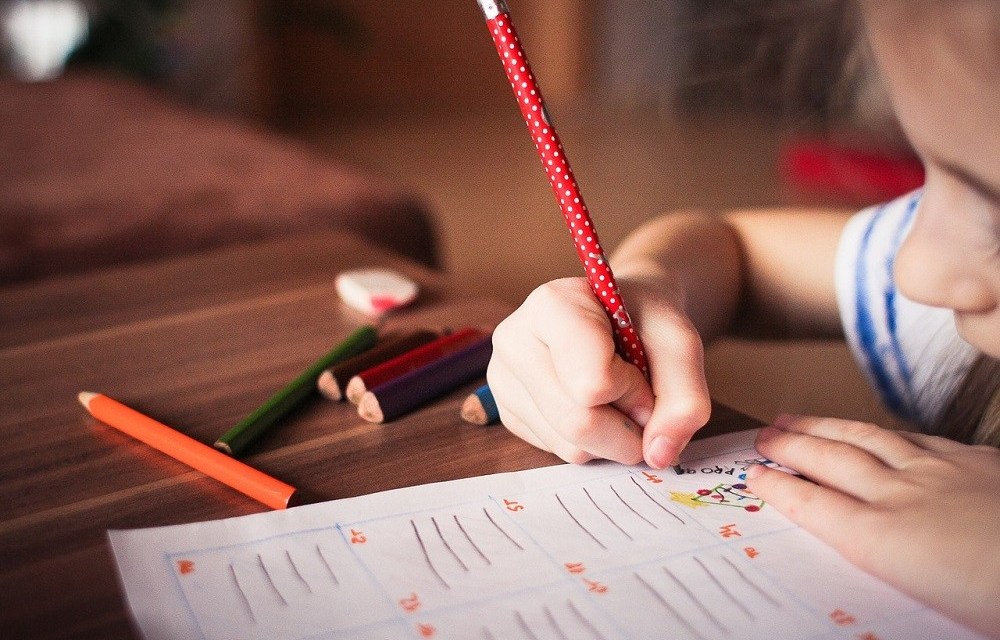Ages 0-5 are the most crucial years for your child’s development. Their brain grows the fastest during this time more than any other time in their life, and their experiences will pave the way for their entire life’s development. If you can understand your child’s learning style, it can improve their emotional, social, and thinking skills as you help educate them in their early years.
There are seven different learning styles, each with different characteristics, and your child most likely will exhibit a mix of them.
-
Visual
Your child may prefer visualizing concepts and using color to understand information. Allowing them to see and read something will give them an advantage. This style is the most widely used in schools today, and your child will benefit from sitting up front, so they can see the whiteboard clearly, take notes, and draw in class.
-
Verbal
Your child may respond the best to directions spoken aloud. They may easily express themselves when they talk or write, and they like to express their ideas and opinions to others. Many of these children use mnemonics, making up phrases or acronyms to help memorize concepts.
-
Aural
These learners respond to sound or music. They are characterized by having good pitch or rhythm, and may have an easy time picking up new instruments. They learn best through song, so making up rhymes and tunes may be the best methods to foster their learning and development.
-
Kinesthetic
Using the body and the sense of touch is the most beneficial with this learning style. Your child may like to work with their hands and try things for themselves. Don’t be surprised if they can’t sit still in a classroom—lectures and visual aids may seem too boring to them to pay attention to without a kinesthetic element included.
-
Logical
Your child may have a knack for patterns, or logical sequences of events. Numbers come easier to them, and they may enjoy strategy games or puzzles. They enjoy following the rules and get frustrated when those rules are broken.
-
Social
This learning style is for natural team players. Working in groups and communicating with others about a concept is beneficial for this learning style. This style is also ideal for the modern school setting, as collaboration and participation in the classroom are often key elements of education.
-
Solitary
Your child may prefer working independently. They are very introspective and benefit from taking the time to reflect on their environment and their work. If your child tends to work alone, make sure to determine whether they are shy or uncomfortable in their environment rather than solitary in nature.
How do you know which styles are best for your child?
Observing your child playing is one of the best ways to know their learning style. Play of all kinds is extremely important for a child’s development because it helps promote cognitive and social skills in early childhood.
When educating your child at home, or deciding on a nursery or preschool, it is best to look for curriculum that combines education with activities, games, and free play time. At Children’s Oasis Nursery, they emphasize the importance of letting children experience new things and find out what they enjoy alongside learning.
Take notice of your child’s interests. Are they playing with others, or alone? Do they like to listen? Do they touch everything around them? What does your child like to play with? How do they like to solve problems? These are clues in understanding the way your child thinks and learns.
 Copyright protected by Digiprove © 2019
Copyright protected by Digiprove © 2019









